Fighters in D&D 5e are trained warriors and combat specialists. Although they often are labeled as vanilla and boring option, they are highly customizable and a powerful class option. Because of their martial capabilities, they are considered a good Dungeons and Dragons Class for new players. However, experienced players will enjoy the many archetypes on offer and know that there are many exciting ways to play this class.
Fighters start proficiency in all armor, shields, and weapons, Strength and Constitution saving throws, and two skills. Your hit die is a d10, making you one of the most durable classes. Your highest stat will either be Strength or Dexterity. This stat will be used for all your weapon attacks and is informed by how you imagine your fighter to attack.
Pick Strength if you want to wield melee weapons that don’t have the finesse property. Large, two-handed weapon wielders and sword-and-board fighters are examples of Strength builds. You will most likely need to pick medium or heavy armor since your Dexterity will be low.
Pick Dexterity if you want to wield ranged weapons like a bow and arrow or finesse weapons like a rapier. You might find that light armor is more beneficial to you given your high Dexterity.
Most fighters will want Constitution to be their second-highest stat. However, some subclasses use Intelligence for their abilities such as the Eldritch Knight and Psi Warrior and you might consider prioritizing this.
You start the game with a lot of equipment and fighters are one of the few classes that are better off without starting wealth. Your preferred fighting style will inform what kind of weapons you take and what armor you have.
Fighting Style (1st level)
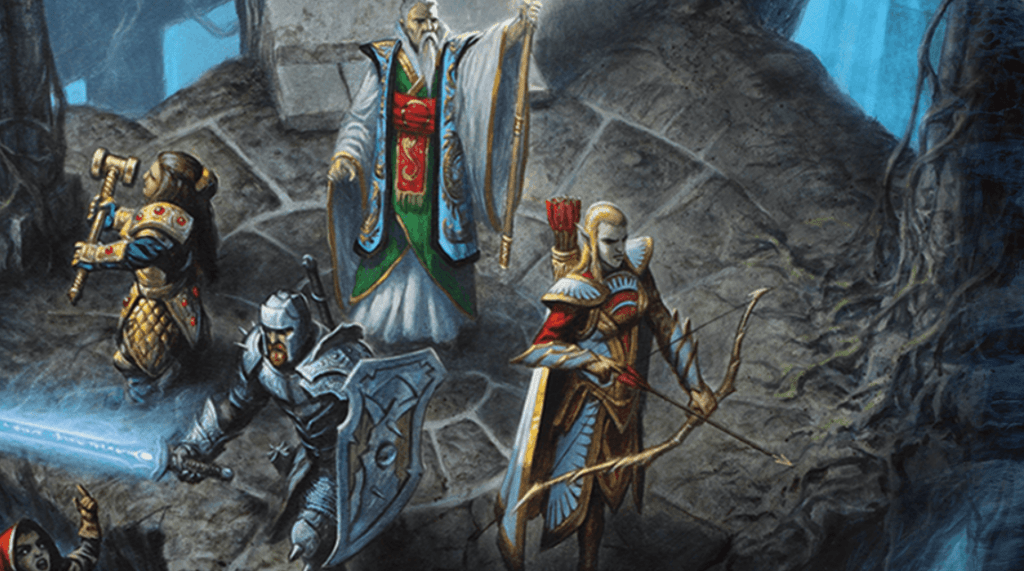
Although you are adept at fighting with any weapon, you begin to specialize and become most effective at a certain way of fighting. You can choose to be best with ranged weapons, become harder to hit, deal extra damage one-handed, deal extra damage two-handed, protect your allies, or fight with a weapon in each hand.
Second Wind (1st level)
You also gain the ability to take a deep breath in the middle of combat and refresh yourself. Using a bonus action, you heal yourself for 1d10 + your fighter level.
Action Surge (2nd level)
This ability is incredible and can go unappreciated if you’re just starting to play the game. You get to take another action on your turn. Not attack… action. This means that when you later begin to attack twice every action, you can use this to attack four times. 20th level fighters can attack 8 times using this.
Ability Score Improvements
Like every class, fighters gain an ability score increase (ASI) at the 4th level. Unlike other classes, fighters gain a total of seven ASI’s, two more than most other classes. This represents the fighter’s prowess and becoming well-trained warriors but also allows fighters to take more feats than any other class. Use this to fully customize your fighter however you’d like.
Extra Attack (5th/11th/20th level)
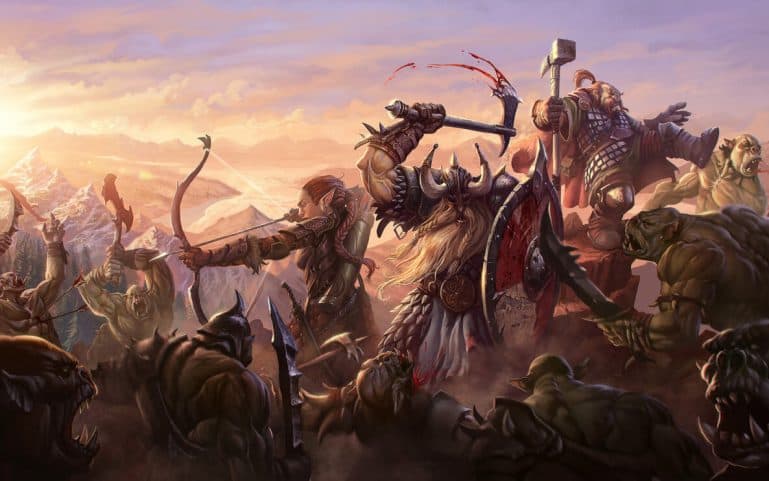
This feature is a no-brainer for this class. When you use your action to attack, you can attack twice. Barbarians, Monks, paladins, and rangers all get this ability as well but what sets the fighter apart is that at the 11th level, you attack three times and at the 20th level, you can attack four times on your turn.
Indomitable (9th level)
At 9th level, you increase your durability in combat. If you fail a saving throw, you can reroll it, possibly saving. Use this against enemy spellcasters, dragon breath weapons, or whatever other unsavory effects you’re subject to.
Optional Abilities (TCoE)
Tasha’s Cauldron of Everything published optional class features for every class. Since these features are optional, you’ll need to check with your DM if you can use them.
Fighting Style Options
When you gain a fighting style, you can choose from additional options. You can gain blindsight out to 10 feet, reduce the damage done against allies, learn a Battle Master maneuver, deal extra damage when throwing weapons, or start throwing fists as powerful as swords.
Martial Versatility
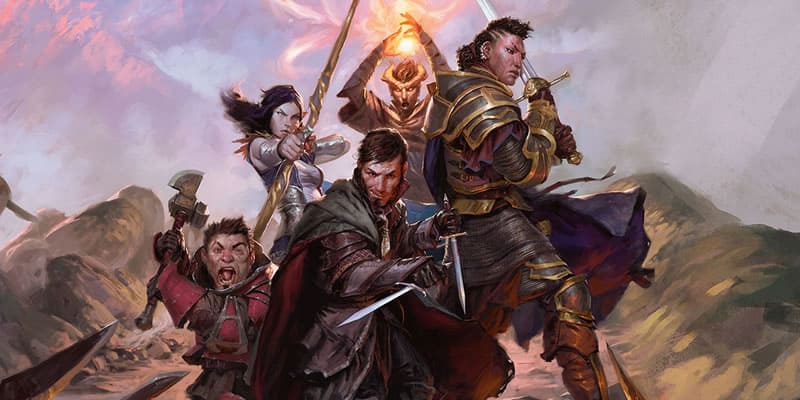
Like most classes, fighters gain some versatility in their martial prowess. When you reach a level that grants you an ASI, you can swap one fighting style for another style available to fighters. If you’re a Battle Master, you can also swap out one maneuver.
For fighters, this comes along every other level and it means you can pick something like Two-Weapon Fighting at 1st level and swap it out later when you have better uses of your bonus action.
Maneuver Options
You can access maneuvers through the Battle Master archetype, the Superior Technique fighting style, or the Martial Adept feat. Regardless, you can now choose from additional maneuvers. Add your superiority die (SP) to a stealth check or initiative roll, swap places with an ally on the battlefield, attack enemies that enter your range, add your SD to Charisma checks, grapple as a bonus action, throw more weapons, or add your DP to Intelligence checks.
Subclasses
If the core fight abilities are a blank canvas, the fighter subclasses, or archetypes, paint very different pictures. There are ten subclasses and the level of variety between them means that you could have an entire party of fighters and now two characters would be alike.
Champion (PHB)
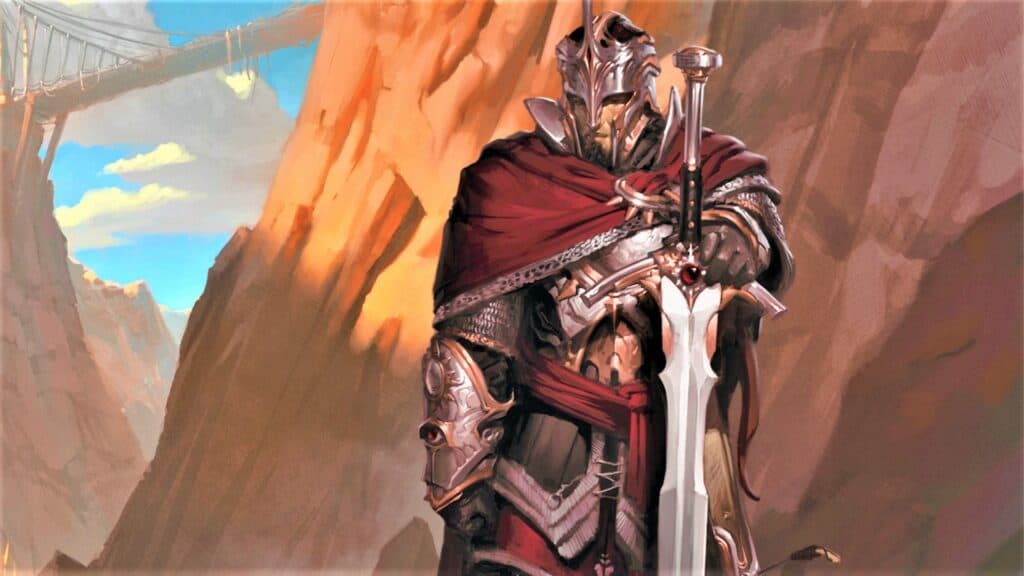
The so-called ‘boring’ option, the Champion subclass actually makes you an incredibly powerful and effective warrior with a fantastic damage output when taking into critical hit likelihood. It gets flak for not being interesting enough but you can play an incredibly interesting character without the mechanics being the source of that excitement.
At the 3rd level, you score a critical hit on an attack roll of 19 or 20. You are now twice as likely to deal double damage when you attack. This ability gets better and better as you level up and get more attacks.
At 7th level, you can add half your proficiency rounded up to any Strength, Dexterity, or Constitution check. This obviously includes skill checks but it also includes climbing, initiative rolls, picking locks, holding your breath, and overcoming exhaustion. Moreover, you gain a bonus for your long jump.
At the 10th level, you pick a second fighting style. You can’t pick the same one twice. At the 15th level, you score a critical hit on an attack roll of 18, 19, or 20. Lastly, at the 18th level, if you start your turn with less than half your hit points, you regain HP equal to 5 + your Constitution modifier.
Battle Master (PHB)
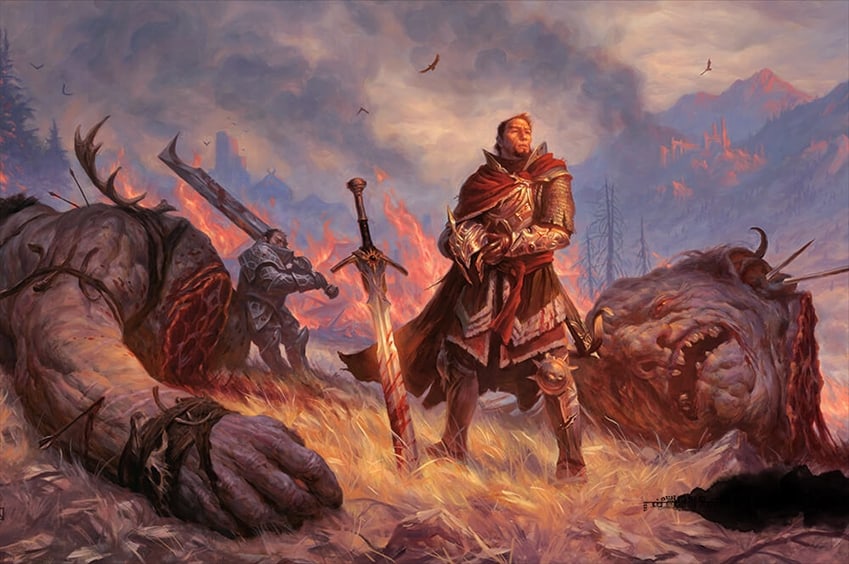
The Battle Master is the tactician of the fighter subclasses and it revolves around maneuvers that you learn. Choose this subclass if you don’t want to just deal damage but instead want your attacks to have interesting effects on your enemies and your allies.
These maneuvers are:
- Commander’s Strike. Give up an attack to have an ally attack instead. This is only a good option if you have an ally who can do more damage than you and it has to be a weapon.
- Disarming Attack. Attack and knock a weapon out of someone’s hand. Now when you run away, they can only punch you in the back of the head and you can take that.
- Distracting Strike. Attack and give an ally advantage on their next attack against the same enemy. The rogue will already get a sneak attack since you’re there but a spellcaster can use this so they don’t waste an attack spell.
- Evasive Footwork. Boost your AC but only while you are moving on your turn. You’re better off taking the disengage action if repositioning is that important.
- Feinting Attack. Pretend to attack this turn and gain advantage next turn. Slightly better than True Strike since this initial feint takes your bonus action.
- Goading Attack. Attack and taunt your enemy. If your squishier allies are taking too much damage, insult their mother and watch them come after you instead.
- Lunging Attack. Attack from 5 feet further away than normal. Use a polearm if you’re afraid of getting too close.
- Maneuvering Attack. Attack and choose an ally to reposition slightly.
- Menacing Attack. Attack and frighten an enemy. If you’re positioned between them and the rest of your party, they can’t get to anyone now.
- Parry. Reduce the damage of an incoming attack. A real parry would actually stop an attack but at least now you won’t die right? Right?
- Precision Attack. Don’t think you rolled high enough on your attack? Make your attack more precise. Pay attention to enemy ACs during combat to make the best use of this.
- Pushing Attack. Attack with such force that your enemy is driven backward.
- Rally. You’re so inspiring that an ally gains temporary hit points.
- Riposte. Did someone dare to attack you and missed? Make them pay by stabbing them.
- Sweeping Attack. One target isn’t enough? Now you can slice through two!
- Trip Attack. Attack and knock someone prone. Keep in mind that melee attacks against a prone creature have an advantage so try to follow it up with more attacks. Sounds like a job for action surge!
You learn three maneuvers, to begin with, and will eventually learn a total of nine. Each of your maneuvers is fueled by superiority dice (SD), which are d8s. In each instance, you add the die to a particular role and regain them after a short rest. You also gain proficiency with a toolset.
At the 7th level, you can study an enemy for 1 minute and learn some information about them. This is incredibly situational but if you can use it, learn their AC and current hit points.
At the 10th and 18th levels, your SD increases up to d10s and then d12s. At the 15th level, you regain 1 SP at the start of combat if you have none left.
Eldritch Knight (PHB)

Rounding out the original subclasses, the Eldritch Knight is a half-fighter and half-wizard archetype. This subclass has become increasingly effective as new spell options have been added. Namely, Booming Blade and Shadow Blade.
At the 3rd level, you begin your journey to being a magical warrior and you start to learn wizard spells. Your spellcasting ability is Intelligence but you don’t need to have a high Intelligence score to make this subclass work. Many of your spells are going to still work. The vast majority of your spells can only be abjuration or evocation spells. Abjuration spells are defensive while evocation spells are offensive. At the 3rd level, one of your spells can be from any school of magic and this should absolutely be Find Familiar.
Also at the 3rd level, you can bond to a weapon so that you can summon it to your hand as a bonus action. At the 7th level, you can cast a cantrip as action and attack using a weapon as a bonus action. Casting Booming Blade and following it up with another attack is powerful even when compared to attacking four times at 20th level.
At 10th level, you can hit someone so hard that they have a disadvantage on saving against your next spell. You’ll already have a relatively low DC compared to full casters but your enemy is now twice as likely to roll a natural 1. At the 15th level, you can teleport when you use your action surge, and lastly, at the 18th level, you can cast a spell as action and follow it up with a bonus action weapon attack.
Arcane Archer (XGtE)
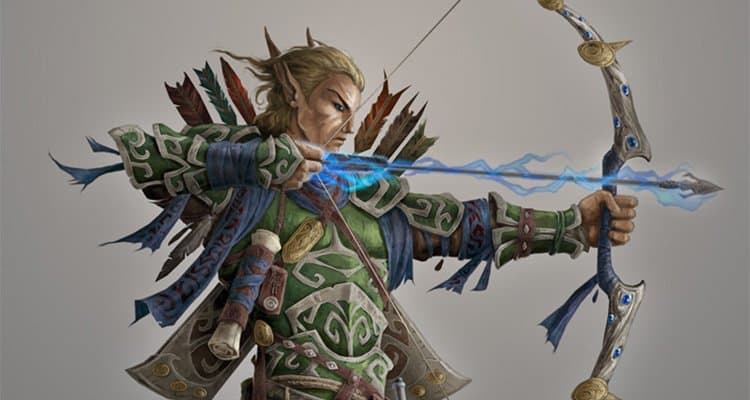
You have trained in the ways of magical archery, lacing your arrows with arcane effects. The Arcane Archer subclass is definitely most effective as a ranged character since it revolves around your Arcane Shots.
At the 3rd level, you gain proficiency in either Arcana or Nature and you learn Prestidigitation. You also gain two Arcane Shots that you can use twice per short rest. Since you have limited options and limited uses, it’s hard to rely on this signature ability for much before you run out.
You can pick from:
- Banishing Arrow. Get rid of an enemy for one round. It reappears at the end of its next turn. If its turn in the initiative order is directly after yours, it won’t be gone for long. Still, it will lose a turn.
- Beguiling Arrow. Deal an extra 2d6 psychic damage and you can make it charmed by someone else so that you can save a friend from being attacked for one round.
- Bursting Arrow. Deal 2d6 force damage to everyone in a 20ft square. Hopefully, all your enemies (and none of your allies) are standing close together.
- Enfeebling Arrow. Deal an extra 2d6 necrotic damage and cause your target to deal half damage with weapons for a turn.
- Grasping Arrow. Deal an extra 2d6 poison damage and surround it with brambles that deal additional slashing damage if they move.
- Piercing Arrow. Your arrow can hit any number of creatures in a line, ignoring cover. It’s typically hard to line up enemies like this.
- Seeking Arrow. Shoot your arrow in the air and it seeks out a creature you’ve seen at the last minute. Great for dealing with invisible or hiding creatures and you discover their location.
- Shadow Arrow. Deal an extra 2d6 psychic damage and cause your target to be blind past 5 feet of them.
At the 7th level, your arrows become magical and you can use a bonus action to reroll an attack. You don’t get anything at 10th level other than an extra Arcane Shot. At the 15th level, you regain one use of your Arcane Shot if you roll initiative and have none. Lastly, at 18th level, each of your Arcane shots does an extra 2d6 damage, which is an average of 7 damage.
Cavalier (XGtE)
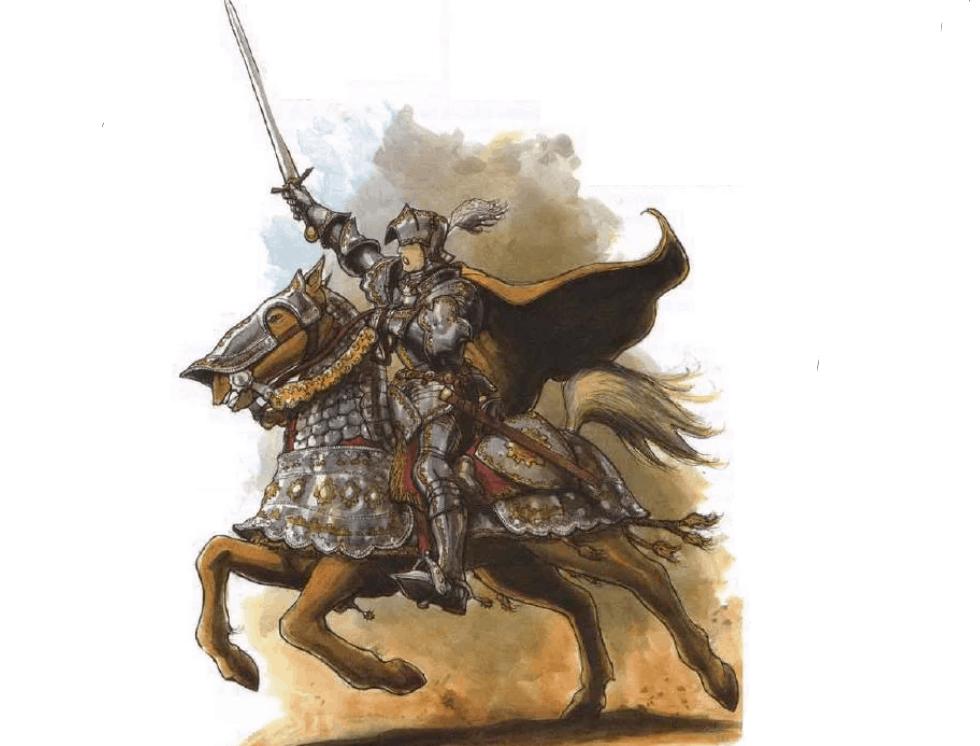
You are a defense expert. You can hold back an entire army with the right setup. While the Cavalier is stylized around a mounted combatant, most of your abilities work perfectly without being mounted.
At the 3rd level, you gain an additional skill proficiency. It’s basically your chance to pick up Animal Handling if you hadn’t already. You also gain an advantage on saving against falling from your mount, you can land on your feet if you do fall, and mounting or dismounting only costs 5 feet of movement. You also gain the goading attack ability of the battle master. Moreover, if they do attack someone else and hit, you can attack them an additional time.
At the 7th level, you can use your reaction to add 1d8 to your or an ally’s AC when attacked. Moreover, if the attack still hits, you or your ally has resistance to the damage. At the 10th level, it becomes incredibly difficult to get past you. You can attack a creature if they move while within your reach and if you hit, their speed becomes 0. Hopefully, you’re holding a polearm to extend the range of this ability.
At the 15th level, you can charge at enemies and knock them down when you attack them. Humorously, this works even if you’re not mounted. Lastly, at the 18th level, you gain the ability to take opportunity attacks on everyone’s turn. Play as a bugbear race, hold a polearm, and single-handedly stop 48 creatures from getting past you. Oh, and then it’s your turn.
Samurai (XGtE)

Your fighting spirit knows no bounds and makes your formidable force on the battlefield. Although both the Samurai and Cavalier are real-world examples, Wizards of the Coast have specified that these archetypes are based on pop culture, not history.
At the 3rd level, you gain an additional skill proficiency and you can use a bonus action to give yourself an advantage on weapon attacks for your turn and gain temporary hit points. This ability gets better as you gain more attacks and the temporary HP increases. At the 7th level, you can add your Wisdom modifier to Charisma (Persuasion) checks and gain proficiency in Wisdom saving throws.
At the 10th level, you always start combat with your Fighting Spirit. At the 15th level, you can forgo advantage when you would have it and instead attack an extra time. Effectively, you still roll two d20s. But now if they both hit, you hit twice.
Lastly, you can delay falling unconscious and instead take an entire turn. Action Surge, attack eight times, use Second Wind to regain hit points, and you’re all good. Death doesn’t come easy to you.
Banneret (SCAG)
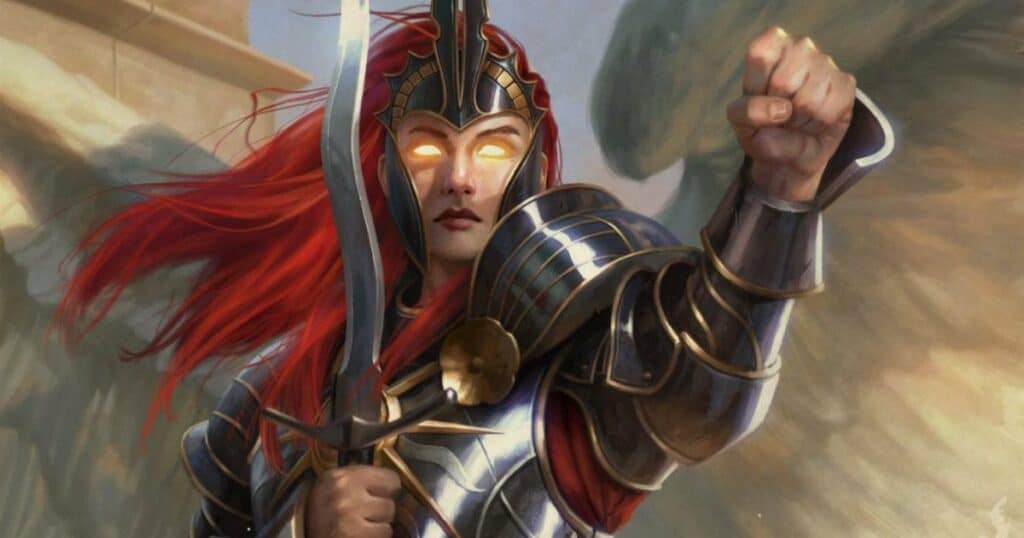
The Banneret, or Purple Dragon Knight on the Sword Coast, is a knight of the realm dedicated to serving the crown and justice, and inspire greatness in others. While some of the abilities are interesting, a charismatic knight who inspires others with their goodness can be accomplished more effectively as a paladin.
At the 3rd level, you can heal others when you use your Second Wind ability. Unconscious allies won’t be able to see or hear you so you won’t be able to bring them back into the battle.
At the 7th level, you gain expertise in Persuasion checks. At the 10th level, when you use your Action Surge, an ally gets a free attack as well. They can’t move so they’ll need to be standing next to an enemy or be wielding a ranged weapon. You can use this on two allies at the 18th level. Lastly, at the 15th level, your Indomitable feature extends to an ally if you are both subject to the same effect.
Echo Knight (EGtW)
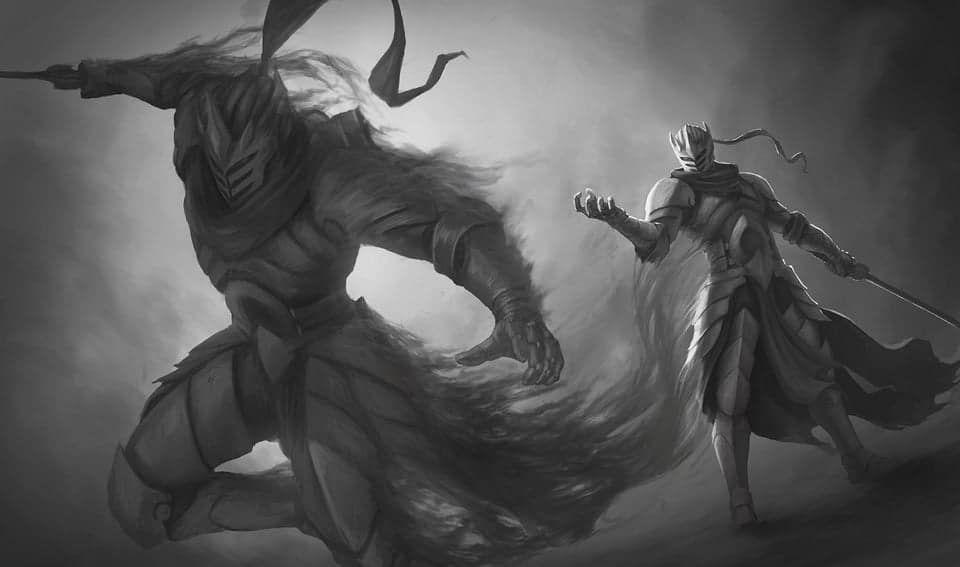
The Echo Knight is one of the most powerful subclasses in the entire game. It centers around summoning alternate versions of you. These echoes are not considered creatures, making them immune to many abilities and spells. Although you can only have one active at a time until the 18th level, there is no limit to how many times you can resummon an echo after the previous one was destroyed. You are always one bonus action away from having a powerful ally.
At the 3rd level, you gain the ability to manifest an echo of yourself. Your echo takes up its own space within 30 feet of you and while it is active, you can swap places with it, attack from either yourself or your echo’s location, and take an opportunity attack from either you or your echo. Your echo has 30 feet of movement in any direction (including up and down), making you incredibly mobile and tactical in battle.
You also have a limited number of additional attacks that you can make your echo take each day. At the 7th level, you can utilize an echo similar to a familiar and see through its eyes and from its location while it is up to 1000 feet away from you. This is great for scouting ahead at no risk to you.
At the 10th level, you can use your reaction to teleport an echo next to an ally and take an attack instead of them. You can only do this once a short rest but that’s enough to save someone’s life. At the 15th level, when your echo is destroyed, you can gain temporary hit points. Lastly, at the 18th level, you can have two echoes active at a time.
Psi Warrior (TCoE)

The psychic version of the Battle Master, this subclass trades maneuvers and superiority dice for psionic abilities and Psionic Energy dice. If you want to play a Jedi, this is one of the best ways to do it as you learn to fight with psionic power and move things and people with your mind. Many of your abilities rely on Intelligence so make sure you’ve prioritized that at character creation.
At the 3rd level, you gain four Psionic Energy dice, which are d6s. The number of dice scales with your proficiency to a maximum of twelve. As you level up as a fighter, these dice get larger, becoming d12s at 17th level. You can use these dice to fuel the following abilities:
- Protective Field. Throw up a psychic shield and reduce the damage done to you or an ally equal to your die. You won’t be able to reduce the damage by much in this way but it’s better than nothing.
- Psionic Strike. Use the power of your mind to stab your enemies deeper than you thought possible, dealing extra force damage equal to your die.
- Telekinetic Movement. Move an object or creature with your mind a full 30 feet. The creature must be willing to use it to get the wizard out of danger or your barbarian into it. Since they’re not using their movement, they won’t provoke opportunity attacks. You can move things vertically as well, making the possibilities endless. You get one use for free per short rest or you spend a die to use it again.
- Psi-Powered Leap (7th level). Use a bonus action to gain flight for your turn twice as fast as your walking speed. Flight can be incredibly powerful and you get the first use for free.
- Telekinetic Thrust (7th level). When you use Psionic Strike, you can try to knock the target back or prone. Unfortunately, your spell save DC isn’t going to be high but it doesn’t cost anything extra to use this ability. Use this on your first attack and choose prone to give you an advantage on your next attack. Then use action surge as you wail on them until they die.
At 10th level, you gain resistance to psychic damage and can spend a Psionic Energy die to end any charming or frightening effect on you. At 15th level, you can create a psychic shield to give your party half cover, granting them +2 to their AC, for 1 minute. Lastly, you learn the spell Telekinesis and can cast it without any components. This spell lasts for 10 minutes so you’ll want a high Intelligence score as you can continuously throw enemies around the battlefield with your mind and attack as a bonus action.
Rune Knight (TCoE)
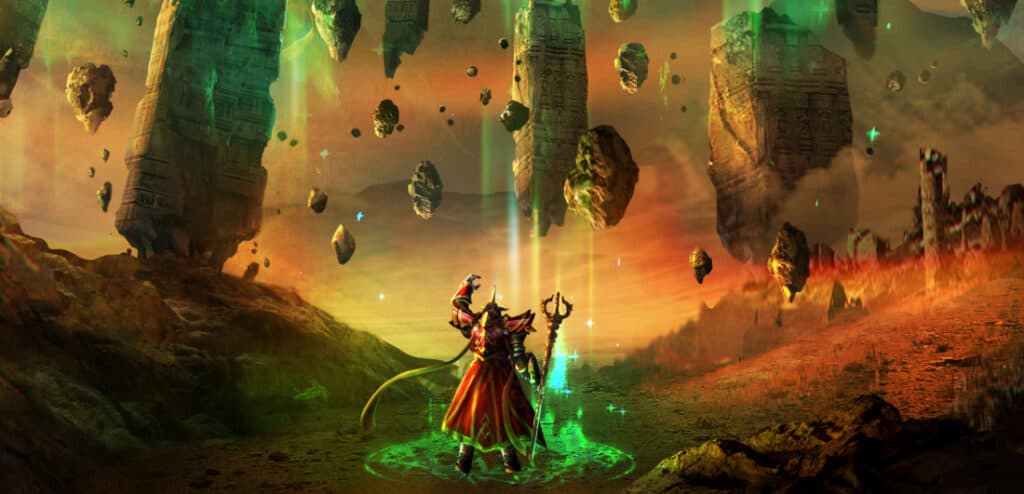
Inspired by the might of giants in the D&D world, this fighter subclass lets you inscribe runes onto your gear that invoke the ancient magic of giants. There are six runes in total, each associated with a type of giant, and you learn up to five at the 15th level.
Each of these runes has a passive and an active ability. The active ability can only be used once per short rest until the 15th level. The runes you can learn are:
- Cloud Rune. You have an advantage on Dexterity (Sleight of Hand) checks and Dexterity (Deception) checks. You can also redirect an attack to a different creature.
- Fire Rune. Your proficiency bonus is doubled for every ability check you make with a tool. You can also throw magical shackles on an enemy to deal fire damage and restrain them.
- Frost Rune. You have an advantage on Wisdom (Animal Handling) checks and Charisma (Intimidation) checks. You can also gain a +2 bonus to all ability checks that use Strength or Constitution. However, there aren’t many ability checks that fill these requirements. Athletics is the only skill that fits. Otherwise, grappling, shoving, and drinking copious alcohol are your best bets.
- Stone Rune. You have an advantage on Wisdom (Insight) checks and darkvision out to 120 feet. This means that your passive insight gains a +5 bonus. You can also use your reaction to try to charm and incapacitate an enemy.
- Hill Rune (7th level or higher). You have an advantage on saving throws against poison and resistance to poison damage. You can become resistant to bludgeoning, piercing, and slashing damage for 1 minute.
- Storm Rune (7th level or higher). You have an advantage on Intelligence (Arcana) checks and you can’t be surprised while you aren’t incapacitated. You can also enter a prophetic state for 1 minute during which you can use your reaction to cause a role to have a disadvantage or advantage.
Also at the 3rd level, you gain proficiency with smith’s tools, presumably with which you inscribe these runes, learn the Giant language, and learn to imbue yourself with the power of giants. This magic increases your size, grants you an advantage on Strength checks and saving throws, and you deal an extra 1d6 damage each turn. The extra damage sounds nice, but it’s not very much and only works once a turn.
At the 7th level, you can use your magic to force an enemy to reroll an attack and use the new roll. Even if they had the advantage on their attack and rolled two natural 20’s, you can force them to roll again and take the new roll.
At the 10th level, you get taller. It’s a wasted level. At the 15th level, you can invoke your runes’ active ability twice per short rest, doubling your efficacy as a runic warrior. Lastly, you can become a Huge creature and you deal an extra 1 point of damage each round. It’s an underwhelming end to the subclass and you might decide to fully devote yourself to a giant god and take five levels of Tempest Cleric instead.
Race Options
If you’re not using the Customized Origin feature from TCoE, prioritize races with a Strength or Dexterity increase.
Races with a +2 bonus to Strength:
- Dragonborn. You also get a damage resistance and breath weapon.
- Mountain Dwarf. An additional +2 to Constitution is perfect for you.
- Half-Orc. Relentless Endurance is useful for staying alive.
- Bugbear. Additional reach and a chance to deal more damage.
- Orc. You can almost always get within range of your enemy.
- Tortle. Starting with an AC of 17 isn’t bad at all.
- Githyanki. Access to Mage Hand and Misty Step can be very useful.
- Centaur. Increased speed and you can trample people with your hooves.
- Minotaur. Gore or shove creatures with your horns.
Races with a +2 bonus to Dexterity:
- Aarakocra. Flight is fantastic.
- Elf. The high elf gives you Booming Blade, eladrin gain a free Misty Step each day
- Halfling. Lucky is fantastic.
- Lineages.
- Goblin. Fight ranged from a hidden position.
- Kenku.
- Kobold. Pack Tactics gives you the advantage on your many, many attacks.
- Tabaxi. Additional speed whenever you need it.
- Feral Tiefling.
If you are using Customized Origin, many of the same options you find above will be great for fighters since many of them are made with martial characters in mind. However, it’s hard to forgo Custom Lineage for a +2 to your highest stat and a free feat at 1st level.
FAQ
Question: What is a martial archetype 5e?
Answer: Fighter subclasses are also called martial archetypes. They are Champion, Battle Master, Eldritch Knight, Arcane Archer, Cavalier, Samurai, Banneret (Purple Dragon Knight), Echo Knight, Psi Warrior, and Rune Knight.
Question: What are the fighting styles 5e?
Answer: Your fighting style is your preferred technique in combat. Fighters with a bow and arrow might take the Archery fighting style while a fighter with a heavy maul might take the Great Weapon Fighting style.
Question: What is the best fighter subclass 5e?
Answer: Echo Knight. The possibilities of what you can do with your echo floating around in and out of combat are incredible and break the game in such fun ways.
Question: Do fighters get cantrips?
Answer: While fighters are typically a martial class without spellcasting, the Eldritch Knight and Arcane Archer both gain access to at least one cantrip. There are many other ways to gain access to cantrips while playing a fighter.
Question: Does the dueling fighting style work with a shield?
Answer: Yes, since a shield is not considered a weapon.
Question: Can you dual-wield longswords in 5e?
Answer: Yes, but you’ll need to take the Dual Wielder feat. Otherwise, you can only dual-wield light weapons.
Question: Can you use Second Wind while unconscious?
Answer: No. While you are unconscious, you are incapacitated and cannot take actions or reactions.
Question: Is there a feat that gives you a fighting style?
Answer: Yes, the Fighting Initiate feat in TCoE gives you access to a fighting style. You must be proficient with a martial weapon to qualify for it.
Summary
Fighters are the bread and butter of the martial side of D&D. The class as a whole has a reputation of being plain in comparison to other classes but they remain a powerful martial option with plenty of interesting subclass abilities.
- Armor of Agathys 5e Guide: What is Armor of Agathys? - August 3, 2022
- Oath of the Ancients 5e Guide - August 3, 2022
- Dissonant Whispers 5e Guide - July 20, 2022

